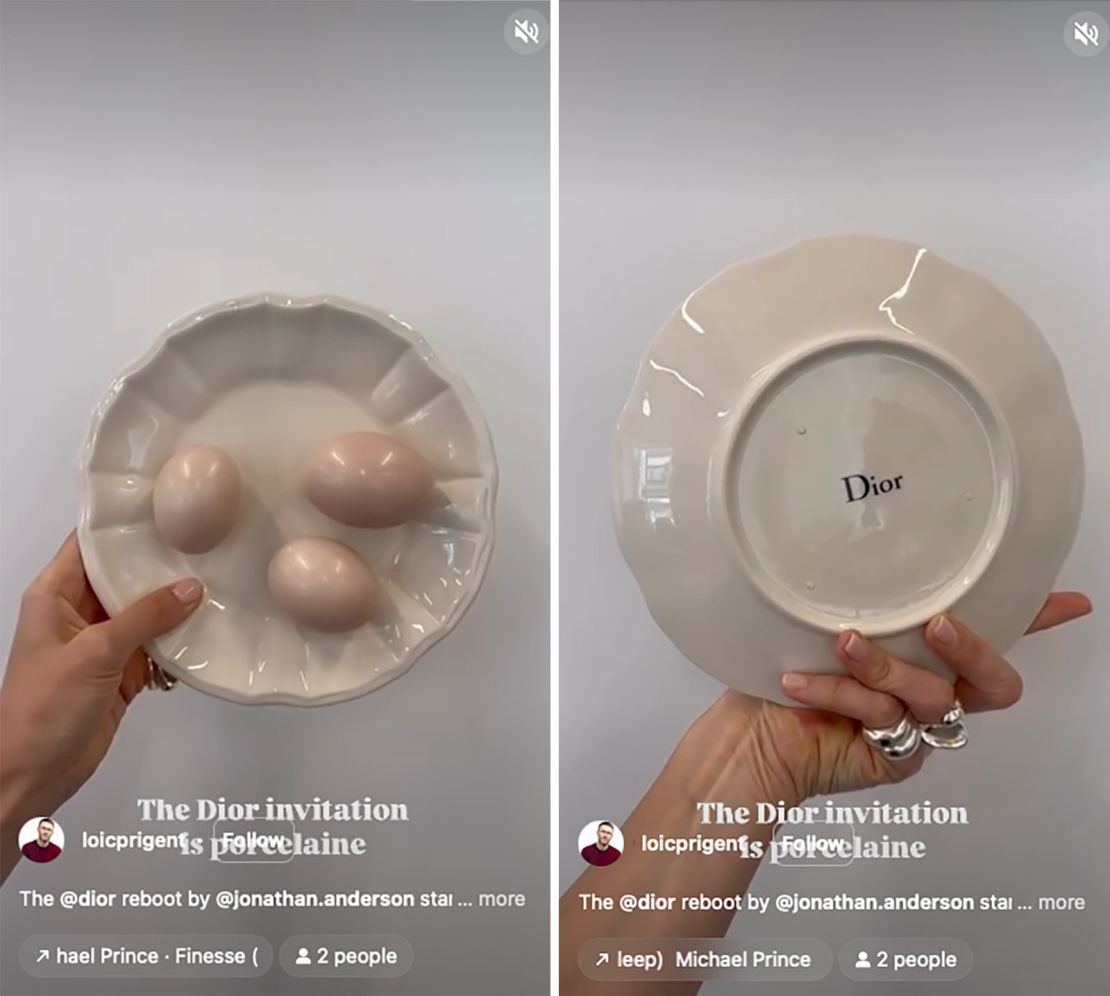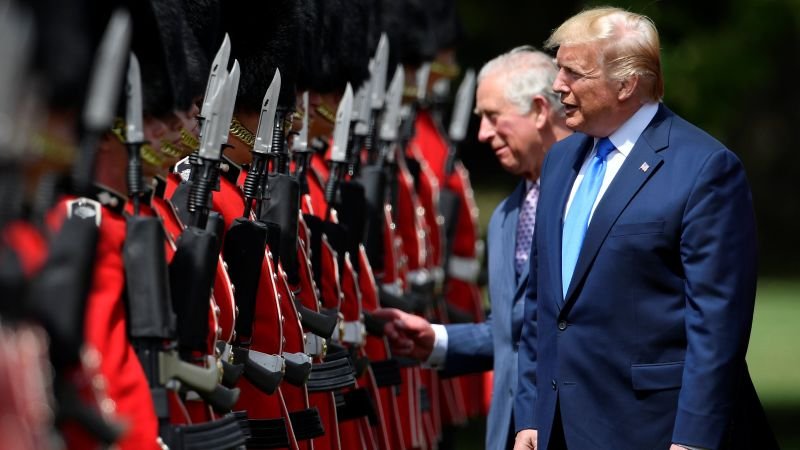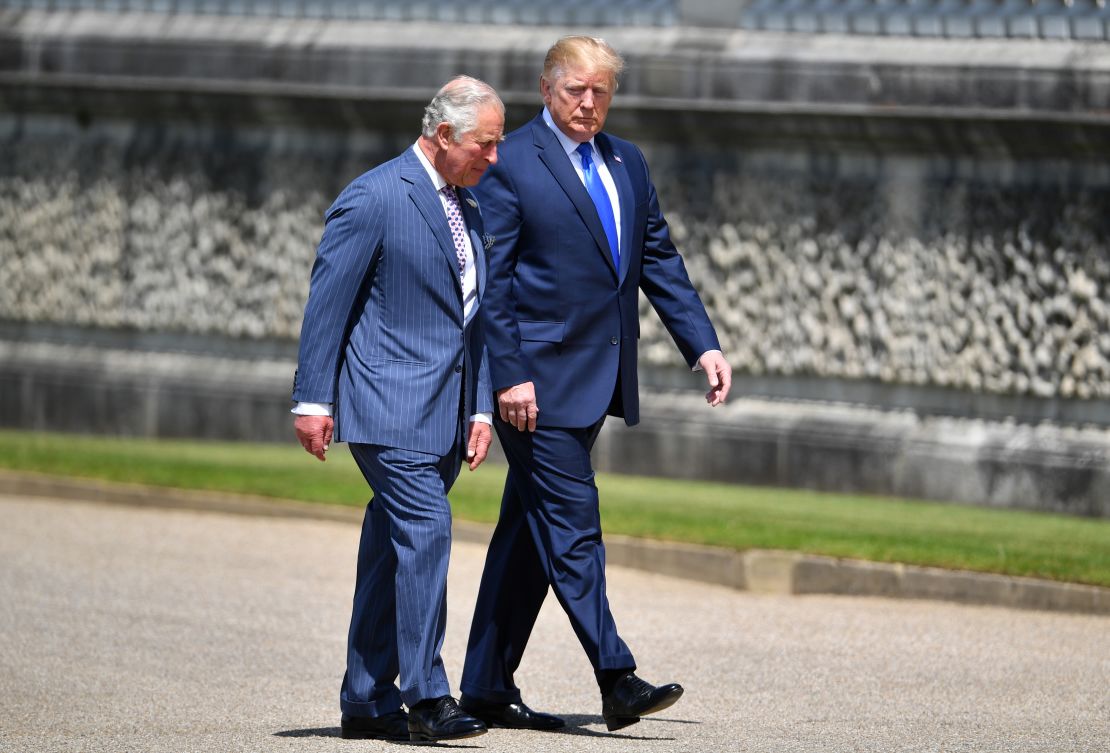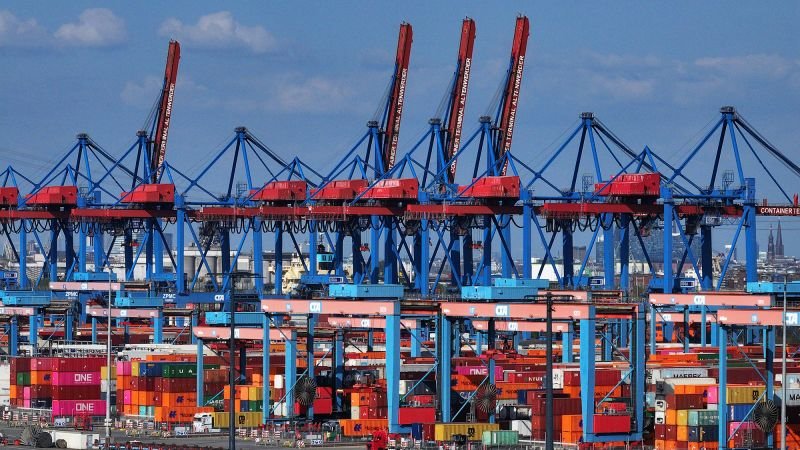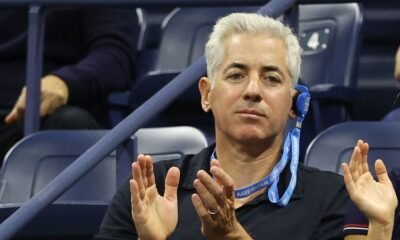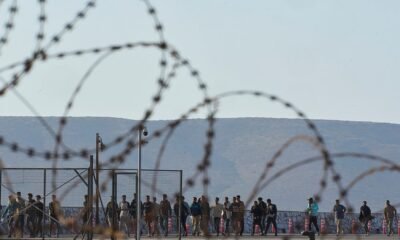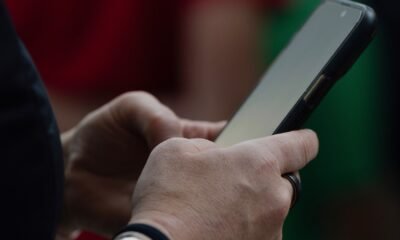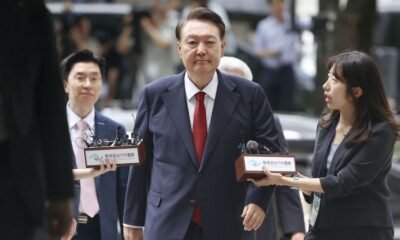CNN
—
When President Donald Trump won last year’s election, European officials quickly began discussing how to sustain US weapons shipments to Ukraine under a leader who had vowed to pull back American support.
Eight months later, the results of that plan are coming into view, with Trump on board with a novel idea to sell US weapons to European nations that will then transfer them to Kyiv.
The president announced the plan during a meeting with NATO Secretary General Mark Rutte on Monday. The president also laid out a new deadline for Russia — threatening trade consequences if no peace deal is reached with Ukraine within 50 days.
“We’re going to be doing very severe tariffs if we don’t have a deal in 50 days,” Trump said. “Tariffs at about 100% you’d call them secondary tariffs. You know what that means.”
A White House official clarified to CNN that when the president referred to “secondary tariffs,” he meant 100% tariffs on Russia and secondary sanctions on other countries that buy Russian oil.
As for the weapons, in addition to Patriot missile batteries — the top item on Kyiv’s wish list and one Trump said Sunday was vital to Ukraine’s defenses — the US could also sell short-range missiles, Howitzer rounds and medium-range air-to-air missiles to NATO members, which would then be transferred to Ukraine, a person familiar with the deliberations said.
The thinking behind Trump’s decision on weapons is multifold, officials said.
By selling weapons to European nations, rather than transferring them to Ukraine itself, Trump hopes to insulate himself from political criticism that he is reversing a campaign pledge to reduce the US role in the years-long war.
He is also expecting a financial windfall: each Patriot missile system costs roughly $1 billion and he has already touted the profits for the US as part of the scheme.
American officials also noted it would be quicker to get the Patriot systems to Ukraine if they are already in Europe as opposed to moving them from the United States or producing them new at a US factory.
And, at least in the view of some US officials, providing Ukraine with a surge in new weaponry could send a signal to Moscow that Trump is serious about his frustrations with Russian President Vladimir Putin, who the US leader accused of peddling “bullshit” last week.
“He’s seriously frustrated with Putin,” a US official said. “He wants to show he’s serious about ending the war, and maybe this will show Putin it’s time to start negotiating.”
The plan was discussed in earnest around last month’s NATO summit in the Netherlands, where Trump met with European leaders and the Ukrainian president for talks described by people familiar as surprisingly productive.
But its origins actually came months earlier, after Trump won last year’s election — thrusting US support for Kyiv into fresh doubt. European officials, at that stage, began conceiving of a way to allow for continued weapons support to Ukraine even if Trump pulled back Washington’s role, as he had promised as a candidate.
For the last two weeks, officials in the US and Europe have been working on the details of how the plan would operate. NATO does not itself dispatch weapons to Ukraine, but rather acts as a clearinghouse, coordinating deliveries from individual countries.
The mechanism for transferring the weapons could include European nations transferring weapons already bought from the United States and backfilling them with new purchases. Or they could purchase new US weapons for immediate transfer to Ukraine.
Among the countries already on tap to participate are Germany and Norway. Officials said at least four other countries are likely to join.
Trump spoke last week to German Chancellor Friedrich Merz, and Merz said on the call he was looking for the US to deliver the systems to Germany so they could be transferred to Ukraine, a person familiar with the call said.
He also spoke on Thursday with Rutte to discuss the initiative and lay plans for the secretary general’s visit to the White House on Monday.
Rutte later spoke with top US military officials, including Defense Secretary Pete Hegseth and Gen. Dan Caine, the chairman of the Joint Chiefs of Staff, to delve further into the details of the plan.
On that call, Rutte said he’d received several messages of interest from European nations looking to join in, a person familiar said.
Ukraine has said it needs 10 new Patriot systems to protect itself against Russia’s increased onslaught of missiles and drones.
At last month’s NATO meeting in the Netherlands, Ukrainian President Volodymyr Zelensky presented Trump and other leaders with a list of weaponry he said his country needs to stave off Russia’s invasion, according to a US official.
Trump has signed off on some of the items.
This story and headline have been updated with additional developments.




